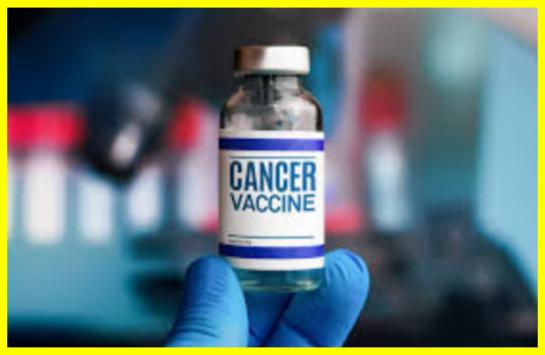Creating a vaccine against cancer
The year 2025 could be a breakthrough year in terms of creating cancer vaccines. This is reported by The Economist.
The publication reports that cancer vaccines have begun to demonstrate their effectiveness.
Their principle is based on stimulating the immune system to recognize and attack tumors.
The key to creating such vaccines is the use of mutations in tumor cells that produce abnormal proteins called neoantigens.
Scientists analyze a sample of a patient’s tumor to isolate the neoantigens that elicit the strongest immune response.
Based on these findings, a vaccine is created that contains RNA fragments that train the body to fight tumor cells.
This approach has been made possible by advances in the development of mRNA vaccines, particularly those used against COVID-19.
For example, the mRNA-4157 (V940) vaccine created by Moderna and Merck to treat melanoma has completed successful clinical trials.
Creating such a customized vaccine for a specific patient today takes about six weeks.
The new developments are expected to reduce the need for chemotherapy and surgery, and in the future therapeutic vaccines could also be used for prevention.
Projects have already begun, such as the development of an ovarian cancer vaccine funded by Oxford University.
Although cost and complexity of production remain barriers, 2025 could be a turning point in the mass application of cancer vaccines.
VIDEO. Cancer-busting vaccines are coming: here’s how they work.





















